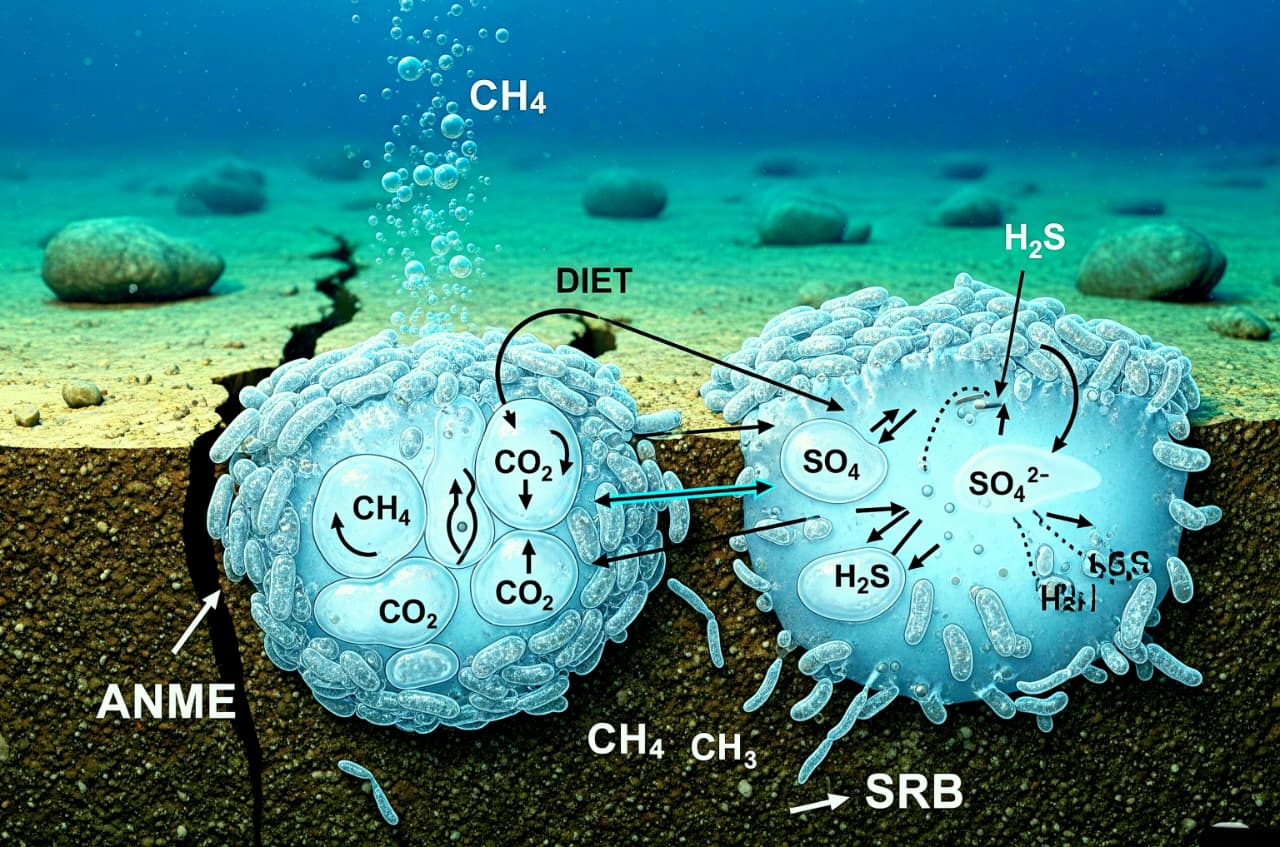A Hidden World Beneath the Waves
Far below the ocean’s surface lies a secret world that rarely gets attention but plays a huge role in protecting our planet. Here, microscopic organisms too small to see with the naked eye, are working together to stop a dangerous greenhouse gas from escaping into the air.
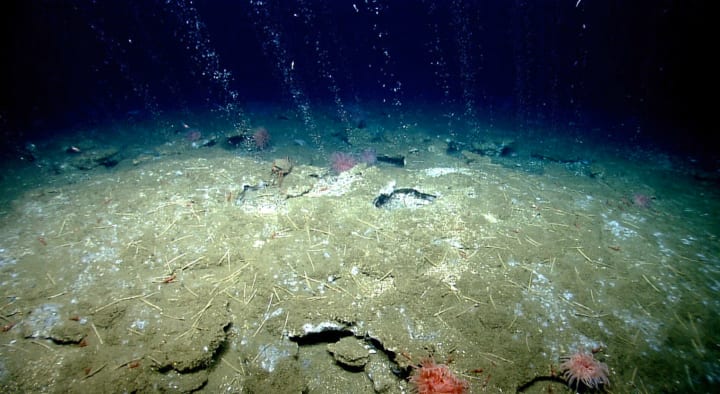 Methane bubbles flow out of sediment on the ocean floor. (Image source: NOAA Office of Ocean Exploration and Research.)
Methane bubbles flow out of sediment on the ocean floor. (Image source: NOAA Office of Ocean Exploration and Research.)
Scientists from USC Dornsife College, in collaboration with researchers from Caltech, Peking University, and the Max Planck Institute for Marine Microbiology, recently uncovered how these deep-sea microbes cooperate to consume methane before it reaches the atmosphere. Their findings, published in Science Advances on August 22, 2025, reveal a natural defense system against climate change.
Why Methane Matters
Methane is one of the most powerful greenhouse gases. Over a 20-year period, it traps about 80 times more heat in the atmosphere than carbon dioxide. Methane constantly seeps out of cracks in the ocean floor. If too much of it escapes, it speeds up global warming, endangers ecosystems, and threatens human lives.
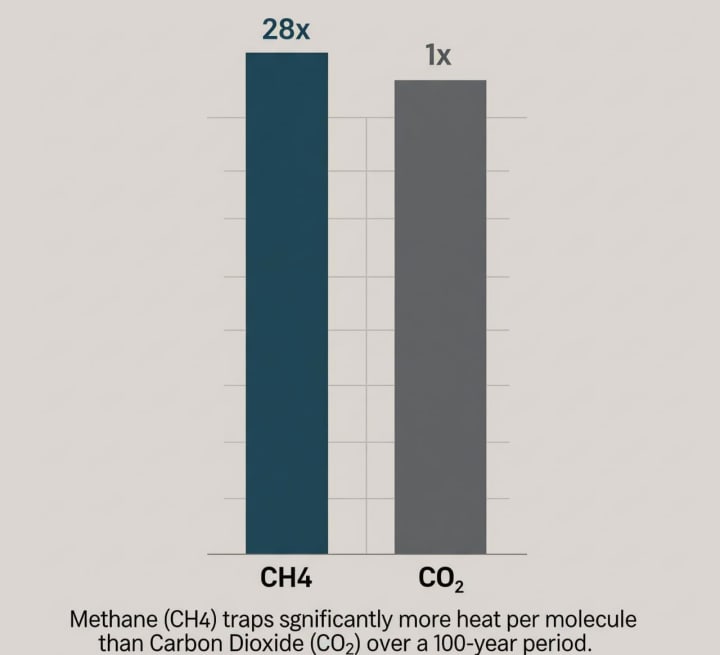
But luckily, nature has its own guardians. Certain microbes deep in the ocean act like filters, intercepting methane and breaking it down before it rises to the surface.
A Team Effort: Microbes Working Together
This discovery centers on two main groups of microbes:
Anaerobic methanotrophic archaea (ANME)Sulfate-reducing bacteria (SRB)
Individually, these microbes can’t do much against methane. But together, they form a powerful partnership. ANME break down methane and release electrons, while SRB take those electrons and use them to process sulfate, which fuels their survival.
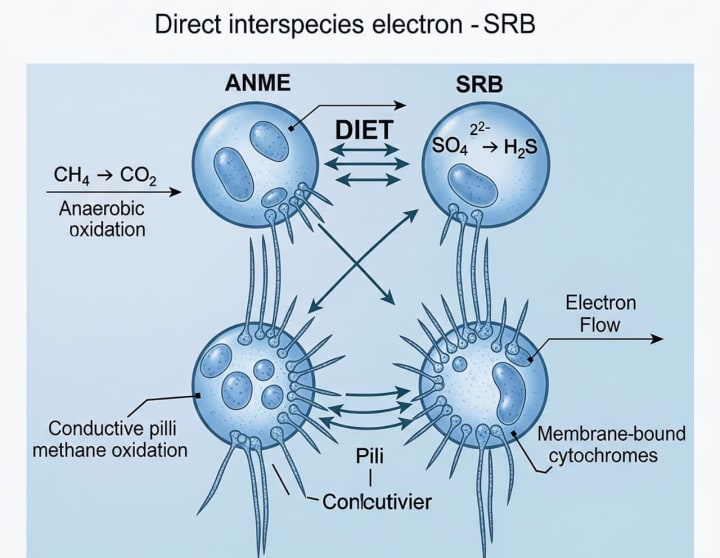 Syntropic Partnership
Syntropic Partnership
In other words, they share energy through a process called direct electron transfer, forming what scientists describe as a living electrical network. These tiny organisms literally pass electricity between one another, creating microscopic circuits that keep methane in check.
First Direct Proof of Microbial Electricity
This is the first direct evidence of how these microbial partners transmit electricity between cells, explains Moh El-Naggar, a lead researcher and professor at USC Dornsife. To confirm this, the research team studied samples from methane-rich spots around the world, including the Mediterranean Sea, the Guaymas Basin, and off the California coast. Using advanced electrochemical techniques, they measured how electrons moved between the microbes.
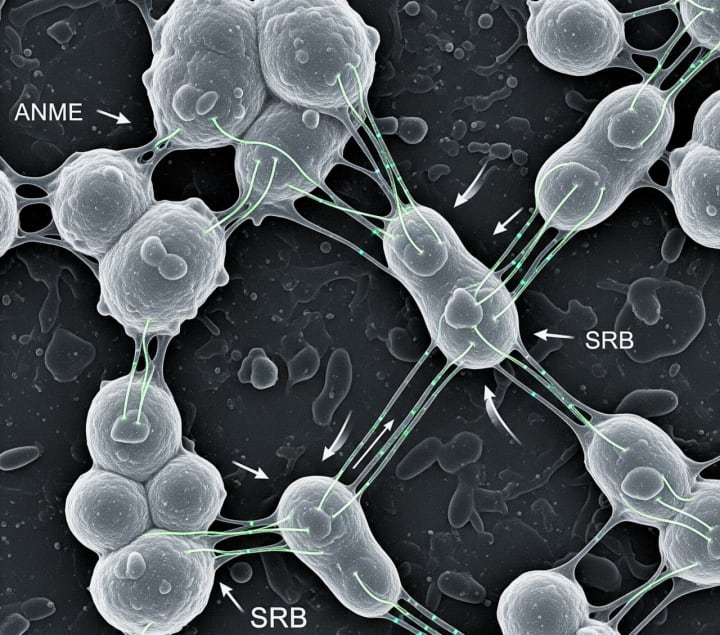
Their observations showed that these microorganisms bundle together, forming tight physical connections that allow them to pass energy like wires in an electrical grid.
Lessons From Microbes: Past, Present, and Future
Lead author Hang Yu, who began this work during his PhD at Caltech and later continued at USC Dornsife, highlights the big picture: “By understanding how these partnerships work, we learn not only about climate solutions but also about how life itself has evolved to handle extreme conditions over billions of years.” Now a professor at Peking University, Yu believes that these findings could inspire new strategies to manage methane emissions in modern environments, such as landfills, wetlands, or farms.
A Decade of Collaboration
This discovery wasn’t made overnight. It represents nearly 10 years of teamwork involving scientists from multiple countries and fields. Victoria Orphan of Caltech puts it simply: “It may surprise people to know that microbes, even in the remotest places, work together in sophisticated ways that influence processes on a planetary scale.”
Why This Discovery Matters Now
Methane is responsible for about 30% of global warming since the Industrial Revolution. Since 2020, its levels in the atmosphere have risen sharply due to wetlands, agriculture, and fossil fuels.
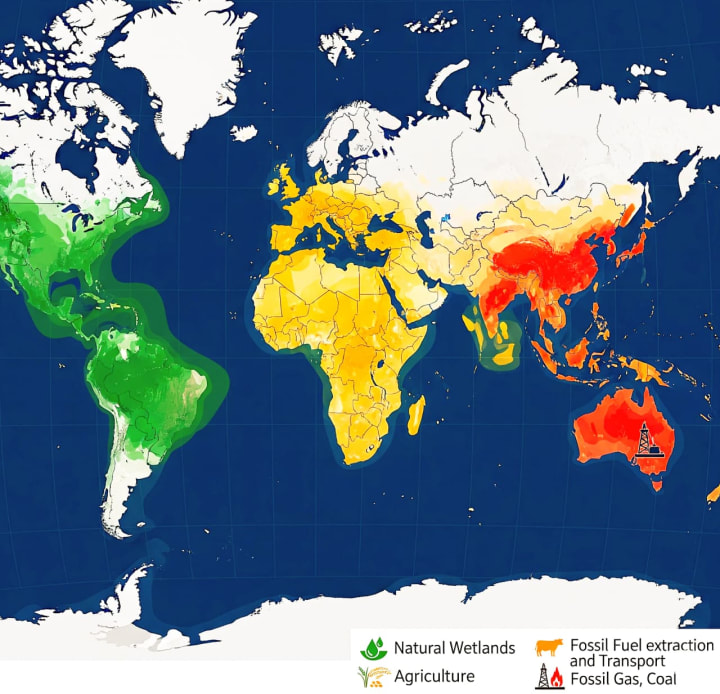
By studying how microbes naturally manage methane, scientists now have a blueprint for designing bioengineered systems that could help in other high-methane settings. Imagine using specially engineered bacteria in landfills to capture methane and convert it into less harmful compounds like carbon dioxide or even useful biomass.
Small Organisms, Big Impact
As the climate crisis deepens, this research is a reminder that nature has been solving problems long before humans came along. The deep sea may seem quiet and lifeless, but it is home to microscopic allies working tirelessly to protect the Earth. By learning from these microbial marvels, scientists are opening doors to innovative climate solutions. It proves one powerful lesson. sometimes the smallest creatures can make the biggest difference in safeguarding our planet’s future.
